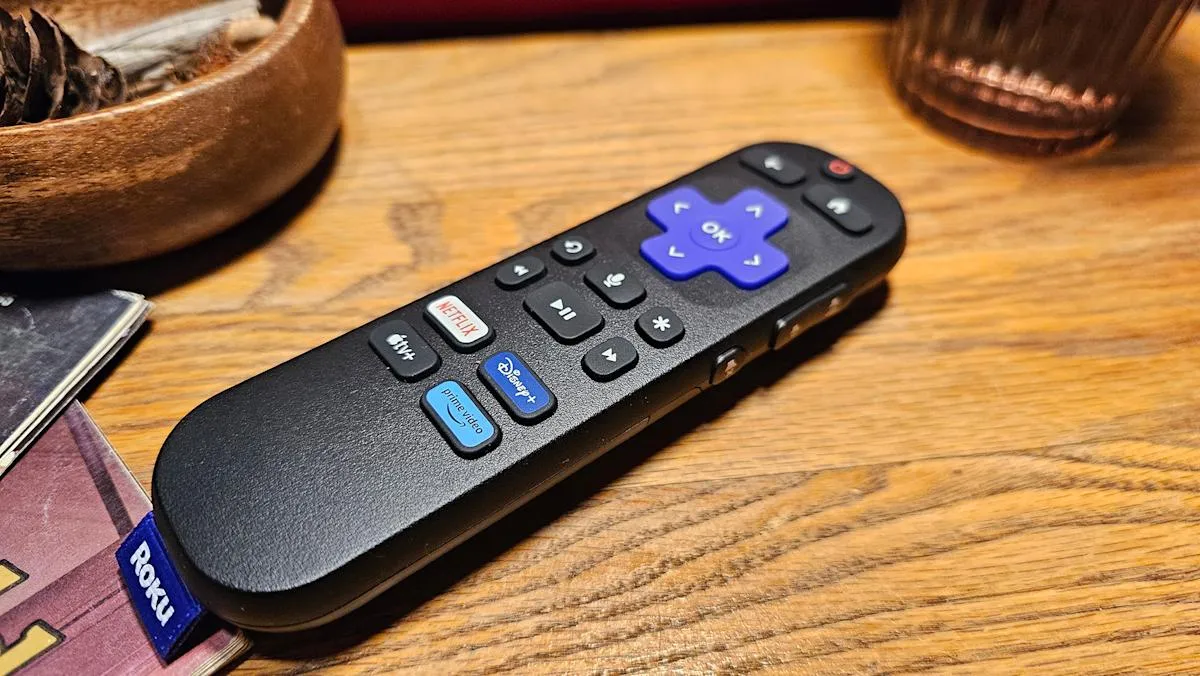
In 2025, Roku's streaming player lineup has become notably easier to navigate, yet it still presents some challenges for consumers. With the introduction of the Roku Streaming Stick and the Roku Streaming Stick Plus, the company now offers three distinct streaming sticks along with a single set-top box. The previous express models and those marked with plus symbols have been phased out. Among these offerings, the Roku Ultra set-top box stands as the premium option, priced at $100. Meanwhile, the 2021 Streaming Stick 4K retails for $50, while the standard Streaming Stick and Streaming Stick Plus are available for $30 and $40, respectively.
One of the most significant competitors for the Streaming Stick Plus comes from within Roku's own family of devices. Both the Streaming Stick 4K and the Streaming Stick Plus support stunning 4K image quality, despite the absence of "4K" in the Plus’s name. The 4K model also includes support for Dolby Vision and features an enhanced Wi-Fi connection. While both devices connect via the Wi-Fi 5 standard, the Stick 4K boasts a built-in Wi-Fi extender within its USB power cable, providing a stronger connection.
As the Stick 4K is now four years older than the Plus, the new streaming stick benefits from several technological improvements. One notable enhancement is its smaller size, achieved by eliminating the Wi-Fi extender and power adapter. Roku claims that the Plus is 35% smaller than competing models, and in my experience, it is indeed smaller than the Amazon Fire TV Stick I tested. However, the size difference is minimal in practical use, as these sticks are typically hidden behind televisions.
Another significant upgrade is improved power efficiency. The Streaming Stick Plus can be powered directly through a TV's USB port, eliminating the need for an external wall adapter. This feature makes it an ideal travel companion, as it simplifies setup in locations where power outlets may be limited. Unlike older Roku models, the Plus does not include a power adapter in the box, further enhancing its portability. This was particularly useful during a recent trip when the hotel room's TV was situated far from the nearest outlet.
Both the Streaming Stick models support Apple AirPlay and are compatible with popular voice assistants like Siri, Alexa, and Google Assistant. They come equipped with the same remote, featuring voice input capabilities and controls for TV power and volume. The user interface remains consistent, showcasing Roku's playful, purple design, which is particularly beneficial for accessing live and free programming.
In terms of performance, the Streaming Stick Plus delivers impressive speed for its $40 price tag. In direct comparisons with the Roku Ultra, which is connected to another TV, the Plus exhibited only slight delays. For example, launching Disney+ took just a moment longer on the Plus than on the Ultra. Although there is a difference in response time, the Streaming Stick Plus remains a reliable device that does not frustrate users.
It’s important to note that while the Streaming Stick Plus performs admirably, it may not match the capabilities of the latest smart TVs. In side-by-side comparisons, the image quality of the Netflix menu appeared clearer and more vibrant on my TV's native app compared to the Roku device. However, during actual playback, the difference was minimal. For viewers who simply want to enjoy their favorite shows, such as Detective Cupp, the quality disparity may go unnoticed.
While a device the size of a tube of lipstick may not compete with a full-fledged smart TV, the Roku Streaming Stick Plus offers a fantastic solution for those with older screens or budget-friendly televisions that may have a cumbersome interface. When compared to similar streaming devices like the Amazon Fire TV Stick 4K, which is priced $10 higher (though often on sale), the Roku Streaming Stick Plus stands out due to its user-friendly interface.
For travel purposes, I personally prefer the Streaming Stick Plus. It offers the convenience of easy setup at rental properties without the hassle of navigating unfamiliar TV interfaces. I can simply plug it in, stream content, and enjoy shows like Doctor Who without the worry of finding an available outlet or typing in lengthy passwords for streaming services like Disney+.